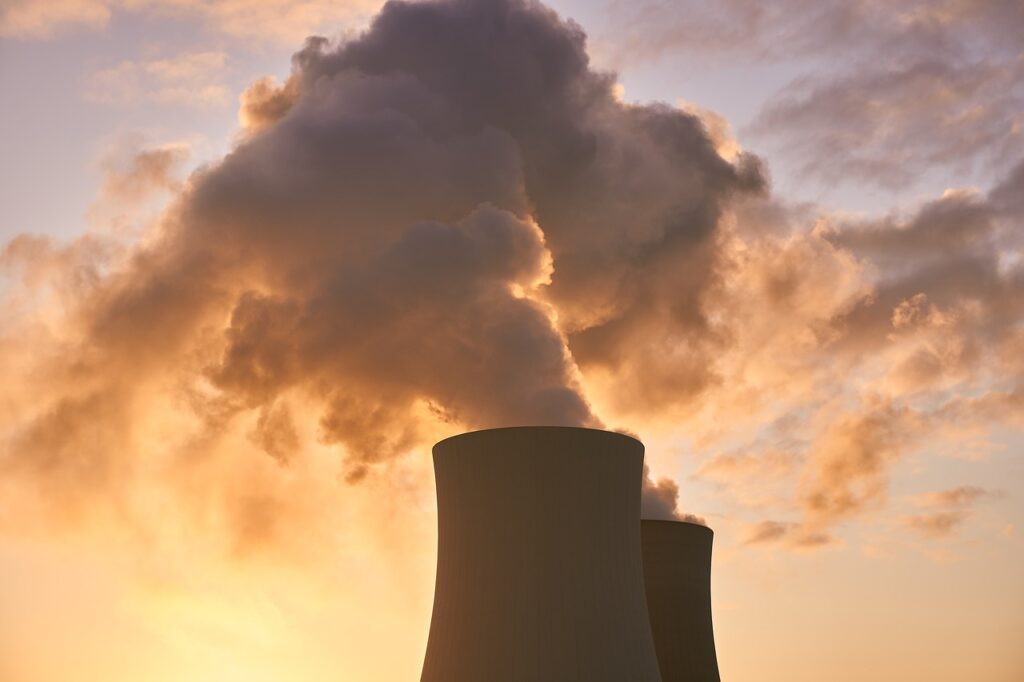U.S. electricity demand is surging at a pace not seen in decades, with AI-driven data centers emerging as one of the main culprits.
According to the U.S. Energy Information Administration (EIA), power consumption from large-scale computing facilities could more than double by 2030, straining grids already under pressure from electrification targets and renewable integration. Against this backdrop, Google and California-based Kairos Power announced plans to build an advanced nuclear reactor in Oak Ridge, Tennessee—marking a rare corporate-led entry into Generation IV nuclear deployment.
The Oak Ridge facility is designed to supply up to 500 megawatts of firm capacity under a long-term agreement with the Tennessee Valley Authority (TVA). While framed in terms of household equivalence—enough to power roughly 350,000 homes—the true driver is Google’s growing fleet of AI data centers in Tennessee and Alabama. The company’s decision reflects a wider trend: hyperscale operators are increasingly willing to underwrite capital-intensive energy projects that provide guaranteed baseload power, bypassing the intermittency challenges of wind and solar.
Kairos Power’s reactor design is part of a class of high-temperature, fluoride-salt-cooled small modular reactors, developed under the U.S. Department of Energy’s Advanced Reactor Demonstration Program. Unlike conventional pressurised water reactors, Kairos’s system operates at lower pressures with higher thermal efficiency, theoretically reducing both meltdown risks and cooling requirements. Yet, while often described as “safer” and “more sustainable,” these technologies remain unproven at scale. No Generation IV reactor has yet reached commercial operation in the U.S., underscoring the regulatory and financing hurdles ahead.
For TVA, the deal marks the first utility-led power purchase agreement (PPA) tied to advanced nuclear—a notable departure from traditional cost-of-service models that have historically shielded utilities from project risk. The inclusion of a corporate anchor buyer like Google suggests a hybrid financing template may emerge, where Big Tech demand guarantees provide the revenue certainty needed to move reactors from pilot to deployment.
The geopolitical dimension is equally important. U.S. Energy Secretary Chris Wright framed the initiative as essential for “AI dominance and energy leadership,” aligning nuclear deployment with both industrial competitiveness and national security. That positioning signals that data centre demand is not just an operational concern for utilities but a strategic issue for U.S. energy policy. With China already piloting commercial molten salt reactors, the Tennessee project represents both a test case for technology readiness and a statement about U.S. intent to remain competitive in advanced nuclear.
Stay updated on the latest in energy! Follow us on LinkedIn, Facebook, and X for real-time news and insights. Don’t miss out on exclusive interviews and webinars—subscribe to our YouTube channel today! Join our community and be part of the conversation shaping the future of energy.
